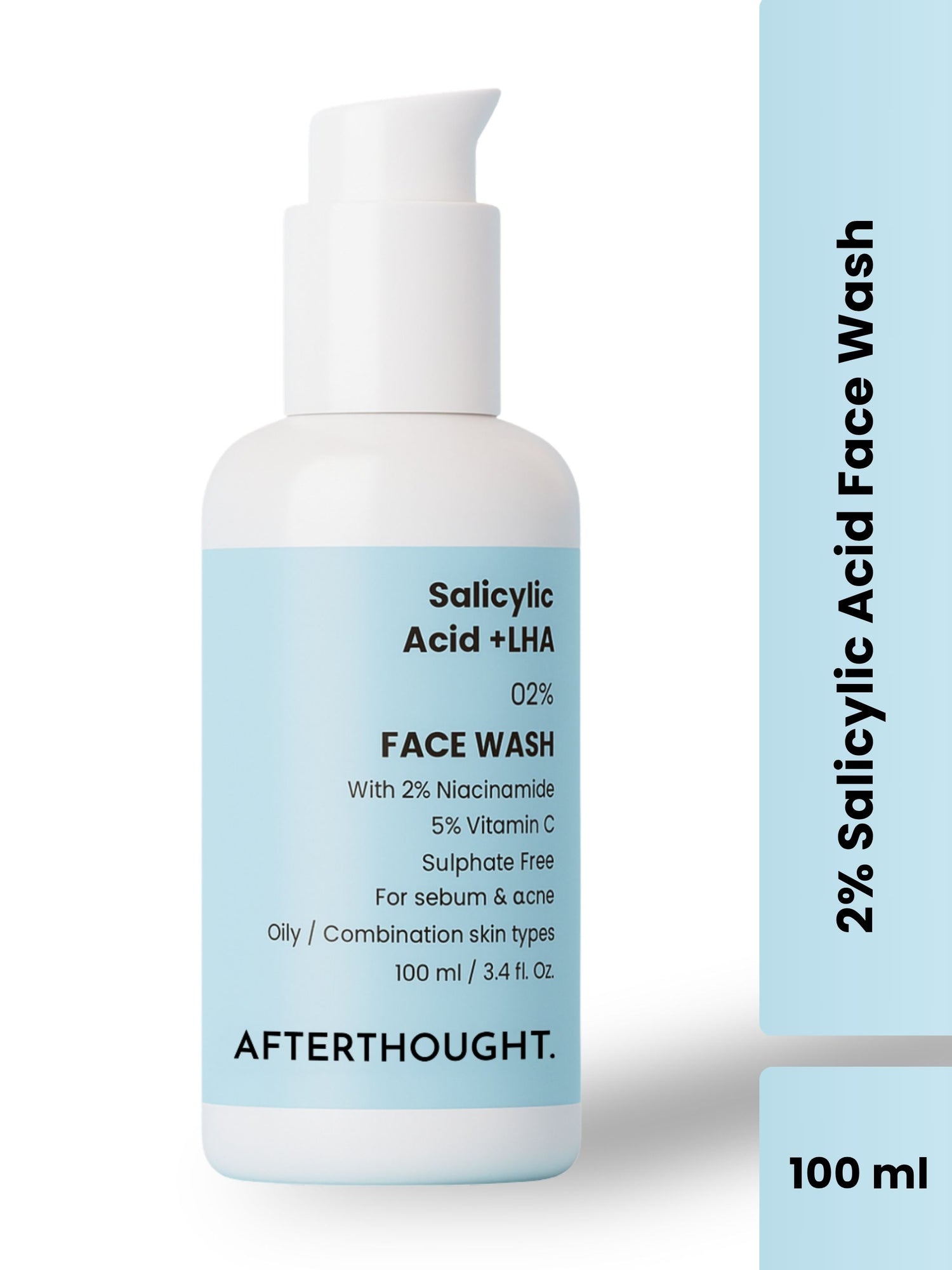What To Apply First, Moisturizer or Sunscreen?
When it comes to skincare routines, one common question that many people ask is whether to apply moisturizer or sunscreen first. This seemingly simple decision can significantly impact the effectiveness of your skincare products and your skin's overall health. Welcome to Afterthought.
In this comprehensive guide, we'll delve into the science behind both products, the correct application order, and how to integrate them into your daily routine for optimal results.
Understanding Moisturizer and Sunscreen
Moisturizer:
Moisturizers are designed to hydrate the skin by providing a barrier that prevents water loss. They contain ingredients like humectants, which attract water to the skin, emollients that soften and smooth the skin, and occlusives that create a protective layer to lock in moisture. Moisturizers are essential for maintaining the skin's barrier function, keeping it supple, and protecting it from environmental stressors.
Sunscreen:
Sunscreens protect the skin from the harmful effects of ultraviolet (UV) radiation. They come in two main types: chemical and physical (mineral). Chemical sunscreens absorb UV radiation and convert it into heat, which is then released from the skin. Physical sunscreens, on the other hand, act as a shield that reflects UV rays away from the skin. Both types are crucial for preventing sunburn, premature aging, and skin cancer.
The Importance of Application Order
The order in which you apply your skincare products matters because it can affect their efficacy. The primary rule of thumb is to apply products in the order of their consistency, from thinnest to thickest, ensuring that each layer can penetrate the skin and perform its intended function.
Why Moisturizer First?
- Hydration and Barrier Function: Moisturizers are formulated to penetrate the skin and provide hydration. Applying moisturizer first ensures that your skin is adequately hydrated and that the moisture barrier is intact. This is crucial for all skin types, especially dry and sensitive skin.
- Preparation for Sunscreen: Moisturized skin allows for a smoother application of sunscreen, reducing the risk of patchiness and ensuring even coverage.
Why Sunscreen Last?
- Uninterrupted Protection: Sunscreen should be the final step in your skincare routine to create an effective barrier against UV rays. If applied first, subsequent products might dilute its protective layer, reducing its effectiveness.
- Optimal Performance: Sunscreens, especially physical ones, need to form a uniform layer on top of the skin to reflect UV radiation effectively. Applying it last ensures that nothing interferes with this protective layer.
Step-by-Step Application Guide
- Cleanse: Start with a gentle cleanser to remove any dirt, oil, or makeup from your skin. This step is crucial for creating a clean canvas for the products that follow.
- Tone (Optional): If you use a toner, apply it after cleansing. Toners can help balance the skin's pH and prepare it for better absorption of subsequent products.
- Serum (Optional): Apply any treatment serums, which are typically thinner in consistency and contain active ingredients designed to address specific skin concerns.
- Moisturizer: Apply your moisturizer evenly across your face and neck. Wait a few minutes for it to absorb fully into the skin.
- Sunscreen: Apply a broad-spectrum sunscreen with at least SPF 30 as the final step in your skincare routine. Ensure you cover all exposed areas, including your face, neck, and ears.
Common Myths and Misconceptions
Fact: Sunscreens are designed to be effective whether applied to bare skin or over other skincare products. The key is to ensure that the sunscreen is the last step in your routine.
Fact: Applying moisturizer first does not dilute the sunscreen's effectiveness. In fact, it can enhance its application by creating a smooth, hydrated surface.
Additional Tips for Effective Application
- Use Enough Product: For sunscreen, a general rule is to use about a teaspoon for your face and neck combined. For moisturizer, use enough to evenly cover your skin without feeling greasy.
- Reapply Sunscreen: Reapply sunscreen every two hours, especially if you're outdoors, sweating, or swimming.
- Consistency is Key: Make applying sunscreen a daily habit, regardless of the weather or season. UV rays can penetrate clouds and cause skin damage even on overcast days.
Check Now : Sunscreen SPF Calculator
Conclusion
Incorporating both moisturizer and sunscreen into your daily skincare routine is essential for maintaining healthy, protected skin.
By applying moisturizer first, you ensure your skin is well-hydrated and primed, allowing sunscreen to form an effective protective barrier against harmful UV radiation. Remember, the order of application plays a crucial role in the efficacy of your skincare products, so follow these guidelines to achieve the best results.
Prioritize your skin's health by adopting this simple yet impactful routine, and enjoy the benefits of a well-moisturized, sun-protected complexion.
Also Read: What Is Hybrid Sunscreen?

